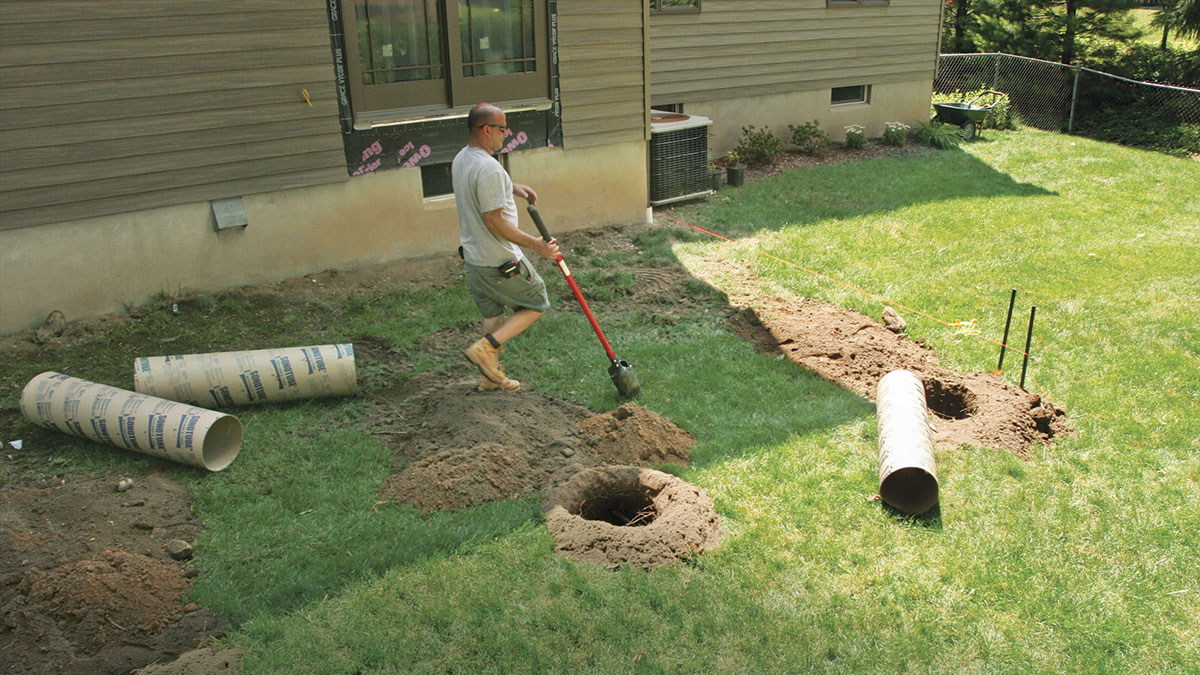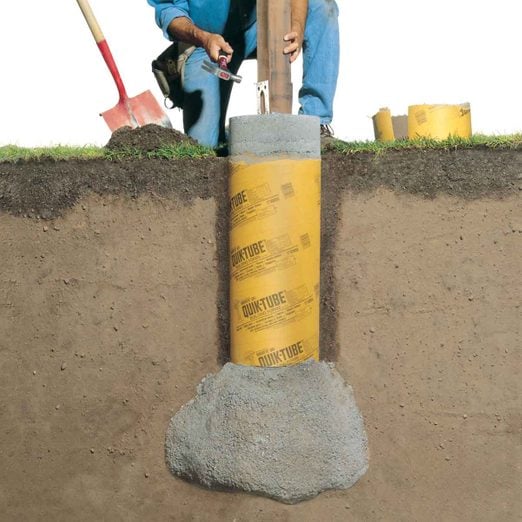Choosing the Right Deck Footings for Security and Longevity
The durability and safety of your deck depend greatly on the kind of grounds you choose, as they provide the essential support and stability to stand up to the test of time. In this conversation, we will discover the various types of deck footings, take into consideration the vital elements to weigh when making a decision, and dive right into the pros and cons of different options.
Sorts Of Deck Grounds
There are several kinds of deck grounds that can be made use of, each offering unique benefits and factors to consider. One usual kind of ground is the concrete pier footing. These footings contain a cylindrical opening loaded with concrete, which offers a strong foundation for the deck messages. Concrete pier grounds are reasonably simple to install and supply outstanding stability, making them a popular option for many deck projects.
These grounds are installed by screwing them right into the ground, which develops a safe and secure structure for the deck. They additionally enable for simple change and leveling of the deck if needed.
Conversely, some home builders decide for precast concrete grounds. These footings are constructed from sturdy concrete and come in different shapes and sizes to accommodate different deck layouts. Precast concrete grounds are practical to install and provide a secure base for the deck structure.
Lastly, an additional option is the post-in-anchor footing system. This kind of footing entails driving a metal anchor into the ground and affixing it to the deck blog post. It offers flexibility in regards to positioning the deck articles and is appropriate for decks with light-weight structures.
When choosing the ideal kind of deck footing, it is important to consider variables such as soil problems, deck lots, and regional building regulations (Deck Footings). Consulting with a specialist service provider or architectural designer can assist ensure the proper footing is picked for a safe and steady deck
Aspects to Consider When Choosing Grounds
When picking the suitable footings for a deck, it is critical to very carefully consider various elements such as soil problems, deck tons, and adherence to regional building ordinance. These aspects play a significant duty in making sure the security and sturdiness of the deck structure.
The kind of dirt on which the deck will be built determines the type of grounds needed. On the other hand, decks constructed on clay or large dirts may require grounds that can suit the soil's propensity to broaden and contract.
Another crucial variable is the deck lots. The weight of the deck, consisting of the products utilized and any kind of potential online lots such as furnishings or events, have to be thought about when selecting grounds. The footings must be developed to birth the weight of the deck and distribute it evenly to stop any kind of architectural problems or failings.
Last but not least, adherence to neighborhood building regulations is critical. Building ordinance differ from region to area, and it is necessary to abide with the specific demands set by the regional authorities. Deck Footings. These codes make certain that the deck is constructed securely and satisfies the needed criteria for architectural integrity and load-bearing capacity
Concrete Footings: Benefits And Drawbacks

Concrete grounds use a number of advantages and downsides when used as the foundation for a deck. On the silver lining, concrete footings supply outstanding security and sturdiness. Concrete is a stiff and strong product that can support heavy loads and withstand numerous weather. It also has a long life expectancy, making it a trustworthy selection for long-lasting usage.
An additional advantage of concrete footings is their versatility. They can be put right into different shapes and dimensions to suit numerous deck styles and setups. Concrete grounds can be personalized to fit the specific requirements and needs of the deck structure.
However, there are additionally some drawbacks to making use of concrete footings. This can increase the total price of the deck see here task and might call for professional help.

Helical Piers Vs. Sonotubes: Which Is Better?
In thinking about the foundation alternatives for a deck, the contrast in between helical piers and sonotubes is vital in determining the remarkable option. They are twisted into the ground utilizing hydraulic machinery, giving a durable and stable structure for the deck.
When it pertains to security and longevity, helical piers have the top hand. The helical plates on the piers create a strong grasp with the dirt, moving or stopping any type of motion of the deck. This is particularly helpful in areas with unsteady or changing dirt conditions. Sonotubes, on the various other hand, rely only on the concrete loading for stability, which might not supply the very same level of toughness and resistance.
In terms of setup, helical piers are relatively simpler and faster to set up compared to sonotubes. The hydraulic machinery used to twist the piers right into the ground ensures a reliable and fast procedure. Sonotubes, on the various other hand, call for excavating openings and pouring concrete, which can be labor-intensive and taxing.
Additionally, helical piers are an even more flexible option. They can official website be used in different soil conditions and can be adjusted or strengthened if required. Sonotubes, on the various other hand, may require added support, such as rebar, in particular dirt conditions or areas with high load needs.
Picking the Right Footings for Your Deck's Dimensions
For ideal structural honesty, it is vital to very carefully select the ideal grounds that align with the measurements of your deck. The dimensions of your deck, including its width, size, and elevation, play a considerable function in establishing the kind and size of footings needed.
When choosing footings for your deck, it is vital to consider the load-bearing ability of the soil. The weight of the deck, combined with the weight of any kind of furnishings or individuals on it, puts in a substantial pressure on the footings (Deck Footings). For that reason, it is essential to choose footings that can appropriately sustain this weight without sinking or shifting in time.
The shapes and size of the footings should also be thought about. Larger decks with greater dimensions call for bigger footings to provide enough stability and support. The form of the grounds, whether they are rounded or square, relies on the design and format of the deck. Furthermore, the depth at which the grounds are mounted need to be established based on the frost line in your area to stop any heaving or changing because of freezing temperatures.
Verdict
In conclusion, picking the right deck grounds is critical for making sure security and durability. Aspects such as the type of footings, the deck's measurements, and the pros and cons of different options must be taken into consideration.
These grounds consist of a cylindrical check over here hole filled with concrete, which offers a strong structure for the deck messages. Concrete pier footings are reasonably easy to set up and offer exceptional security, making them a preferred choice for many deck projects.
Precast concrete footings are practical to install and offer a steady base for the deck structure.
It offers flexibility in terms of positioning the deck blog posts and is suitable for decks with light-weight frameworks.
Concrete grounds provide numerous advantages and disadvantages when made use of as the structure for a deck.